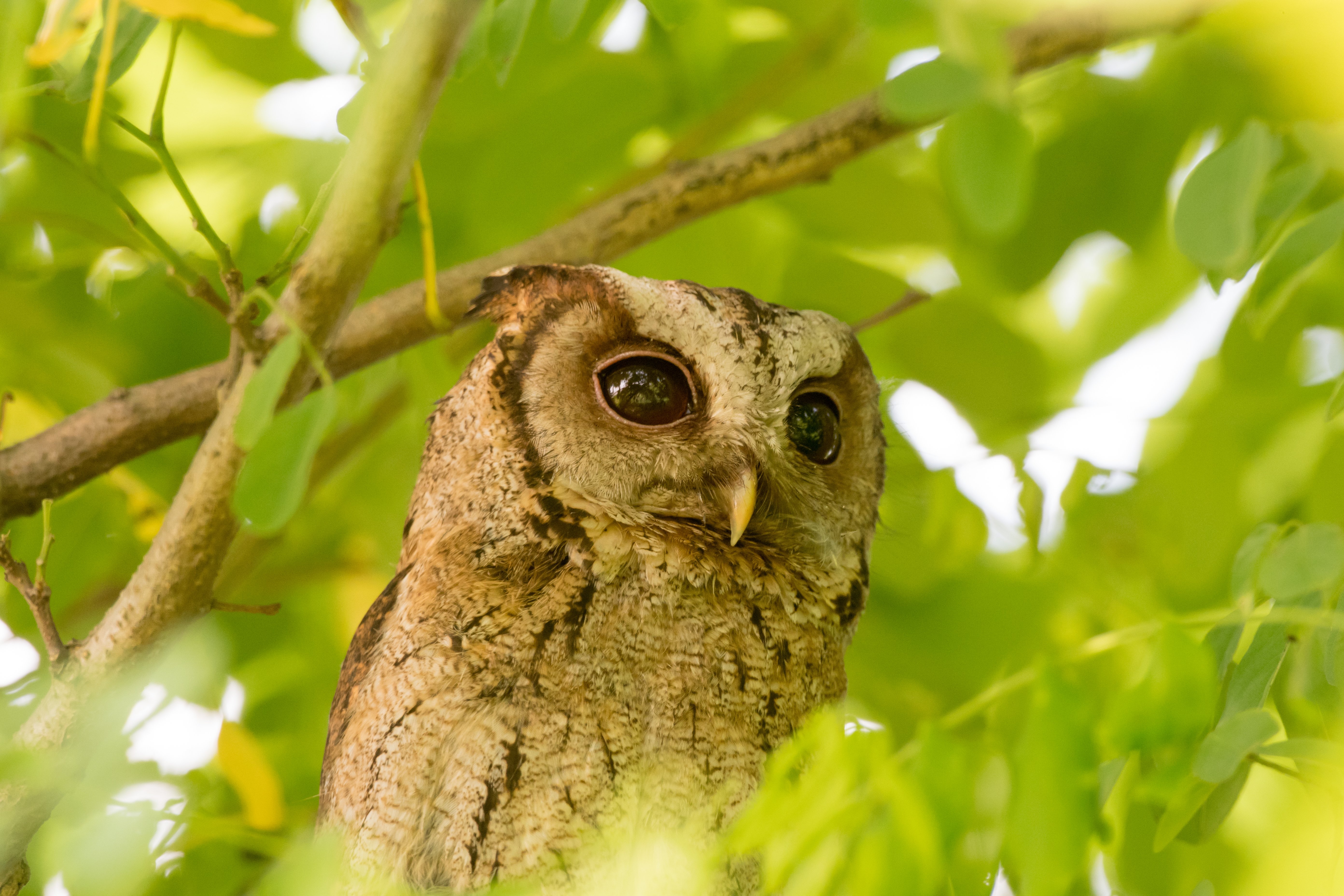
Collared Scops Owl – A Cat Head Eagle
For a German living in China, bird names have some additional complexities. Most of the Shanghai birds I only know by their English names, as this is the language of eBird as well as the language shared with other foreign birders. For some of the more common or exciting birds, I know the Chinese names as well, such as Maotouying for owl (literally “cat head eagle”, which I think is both cute and accurate) or Xianbasedong for Fairy Pitta (“eight color fairy thrush”). Helpful when talking to Chinese birders.
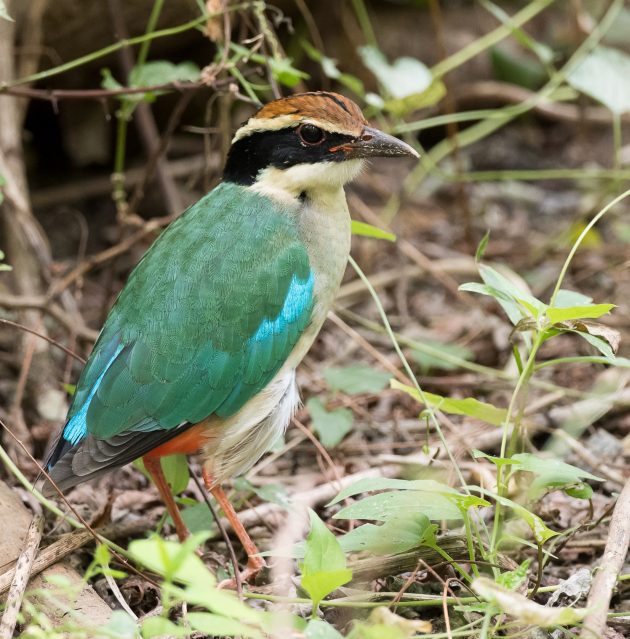
Fairy Pitta: the 8-color bird
However, I know almost none of the German names of the birds here and am even a bit surprised there apparently is a German name for each species (I cannot imagine there is too much use for German names of some purely Asian species). And some of these names sound weird even to a German (“Goldhaehnchenlaubsaenger”, anyone?).
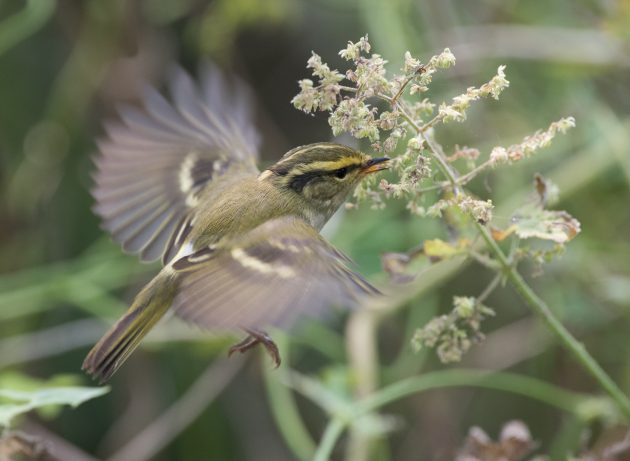
Pallas Leaf Warbler, or “Goldhaehnchenlaubsaenger”
Anyway, it can be interesting to compare the descriptive names of some species in different languages and see which one seems more accurate. For example, there is the Black-faced Bunting. The Chinese name is Huitouwu, or “Grey-headed Bunting” – point for China, in my opinion.
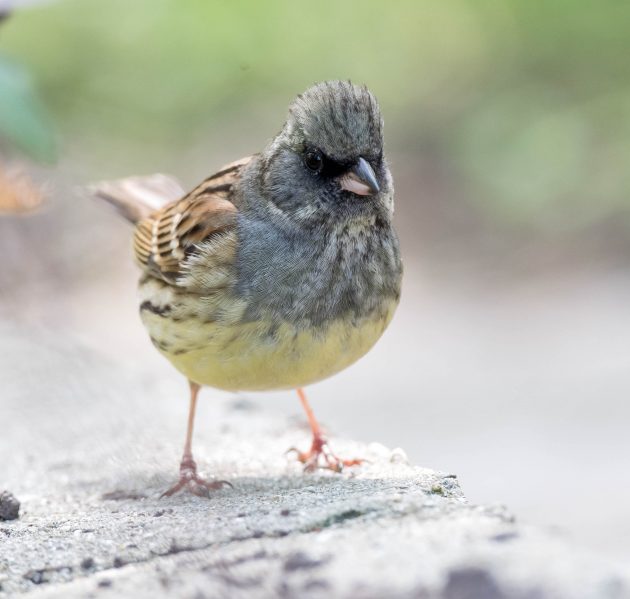
Black-faced Bunting (male) – or rather grey-headed?
One bird even manages to have three different colors in three different languages. The Yellow-rumped Flycatcher is a “White-browed Flycatcher” (Baimeijiweng) in Chinese and a Golden Flycatcher (“Goldschnaepper”) in German.
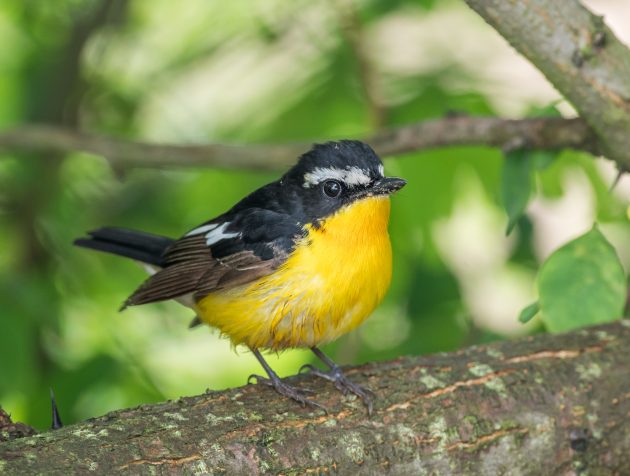
Yellow-rumped Flycatcher (male)
Then there are birds that seem to be misnamed in several languages. My prime example is White-throated Rock Thrush, which has the same descriptive name in Chinese (Baihoujidong). And yet, looking at the bird, the white throat is about the least characteristic aspect of this rather splendid-looking bird …
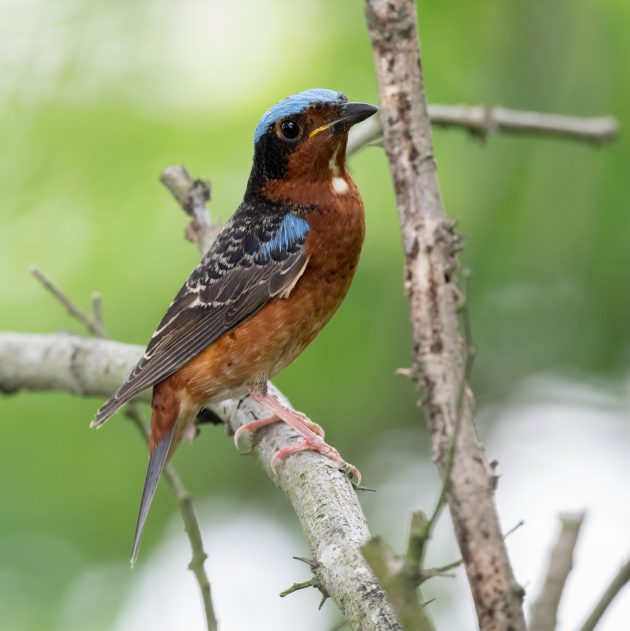
White-throated Rock Thrush (male)
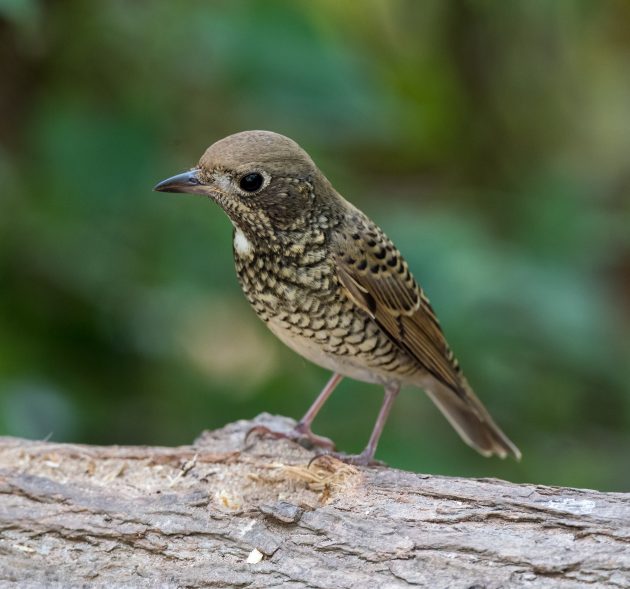
White-throated Rock Thrush (female)
…..
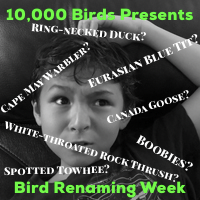 Most birds were named by now dead white men who didn’t appreciate that most of the species they were “discovering” had already been discovered and had names. Most of the birds so named were named by men with the dead remnants of a bird in their hand and often the men doing the naming had never seen the bird in life. Geographic, honorific, horrific, and overly specific names abound much to the detriment of those who would like names to actually fit the creatures being described. And we poor birders have to use those names because otherwise no one will know what bird we are checking off our list and bragging about having spotted to fellow birders, bored families, and unimpressed romantic interests. Well, no more! We here at 10,000 Birds have decided to right some wrongs and improve the birding world by renaming birds the way they should have been named from Linnaeus to the present. (Or, at least, pointing out some names that suck.) Welcome to Bird Renaming Week, our week-long exploration of the names we put to birds and how they can be improved!
Most birds were named by now dead white men who didn’t appreciate that most of the species they were “discovering” had already been discovered and had names. Most of the birds so named were named by men with the dead remnants of a bird in their hand and often the men doing the naming had never seen the bird in life. Geographic, honorific, horrific, and overly specific names abound much to the detriment of those who would like names to actually fit the creatures being described. And we poor birders have to use those names because otherwise no one will know what bird we are checking off our list and bragging about having spotted to fellow birders, bored families, and unimpressed romantic interests. Well, no more! We here at 10,000 Birds have decided to right some wrongs and improve the birding world by renaming birds the way they should have been named from Linnaeus to the present. (Or, at least, pointing out some names that suck.) Welcome to Bird Renaming Week, our week-long exploration of the names we put to birds and how they can be improved!
…..








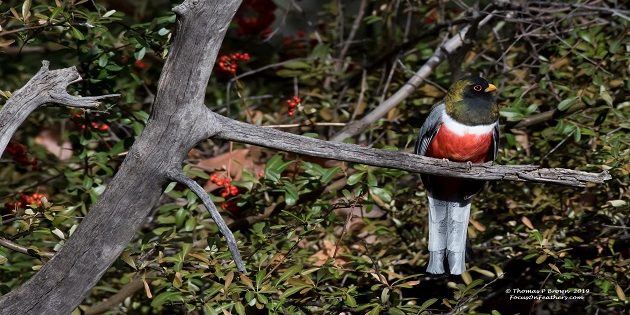




Leave a Comment